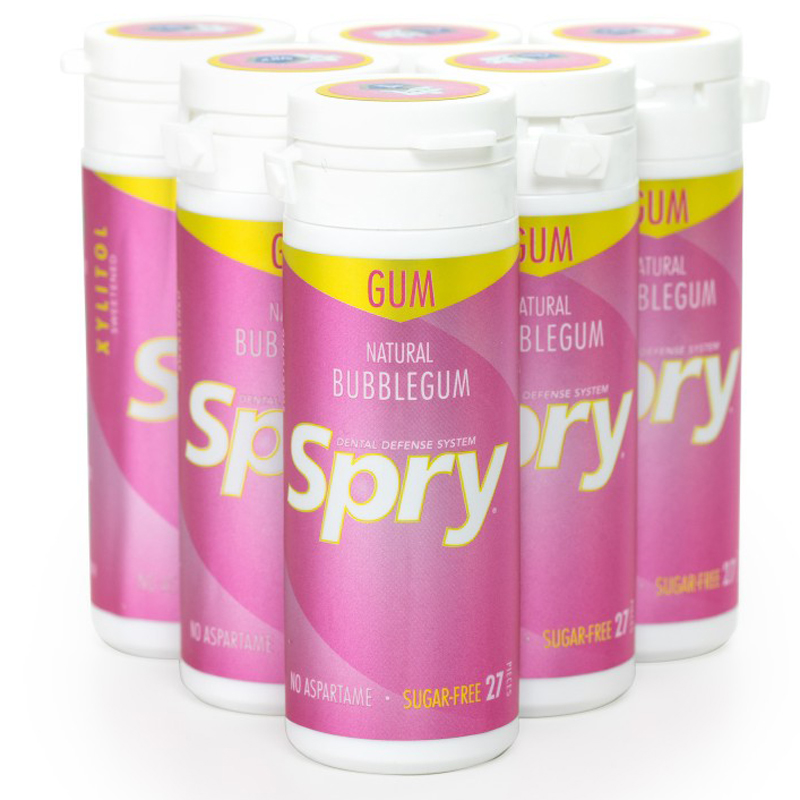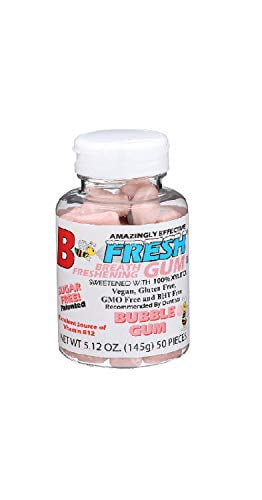


įurther studies with NHEKs have shown that the viability and intracellular calcium concentration were not affected by 0.0045%–0.45% xylitol (calcium regulates keratinocyte differentiation) after 24 and 48 h as compared to the cell culture medium alone. This was measurable both 1.5 and 2 h after exposure. Indeed, volunteers ( n = 7) who had the inside of their forearms mechanically irritated by repeated tape stripping, were observed to have significantly less moisture loss approximately 20%, when exposed to 100 mM xylitol for 10 min as compared to water. The improved lipid fluidity accelerated the release of lipids and accelerates the exocytosis of lamellar bodies to the intercellular domain between stratum granulosum and stratum corneum thereby improving the lamellar structure and accelerating epidermal permeability barrier recovery.
#Xylitol bubblegym health skin
The model consisted of normal human epidermal keratinocytes (NHEKs) isolated from donated skin samples cultured ex vivo, and studied microscopically using lipid specific staining. Xylitol (100 mM) for 2 h has been observed, in an epidermal-equivalent skin model, to improve lipid fluidity in the uppermost layer of the stratum granulosum. Here, however, we want to focus on other potential health benefits of xylitol, such as skincare, respiratory, digestive, immune health, and weight management. Furthermore, the European Food Safety Agency has approved a health claim “xylitol chewing gum reduces the risk of caries in children”. Although a recent meta-analysis concluded that there is a need for high-quality studies on the dental benefits of xylitol, the same study concluded nevertheless that xylitol is an effective strategy as a self-applied caries preventive agent. This is thought to function through three mechanisms: xylitol replaces cariogenic sucrose, xylitol may stimulate salivation, and xylitol may have specific inhibitory effects on Streptococcus mutans-the main causative microbe of dental caries. Xylitol is best known for its dental benefits, such as reducing the risk for dental caries. It is equisweet to sucrose and has a very similar sweetness-time intensity to sucrose. It also naturally occurs in fruits and vegetables (plums, strawberries, cauliflower, and pumpkin ). Xylitol is a five-carbon sugar alcohol (C 5H 12O 5, Figure 1) with a molecular weight of 152.15 g/mol, which is commonly used as a sweetener in sugar-free confectionery. Additional health benefits of xylitol have thus been reported and indicate further opportunities but need to be confirmed in human studies.

The benefit of xylitol on metabolic health, in addition to the benefit of the mere replacement of sucrose, remains to be determined in humans. It has been suggested that xylitol also increases satiety, but these results are not convincing yet. As a low caloric sweetener, xylitol may contribute to weight management. Xylitol also modulates the immune system, which, together with its antimicrobial activity contribute to a reduced respiratory tract infection, sinusitis, and otitis media risk. The non-digestible but fermentable nature of xylitol also contributes to a constipation relieving effect and improved bone mineral density. The most common Lactobacillus and Bifidobacterium species do not appear to be able to grow on xylitol. As a non-digestible carbohydrate, xylitol enters the colon where it is fermented by members of the colonic microbiota species of the genus Anaerostipes have been reported to ferment xylitol and produce butyrate. In skin, xylitol has been reported to improve barrier function and suppress the growth of potential skin pathogens. Here we report on other health benefits that have been investigated for xylitol. Xylitol has been widely documented to have dental health benefits, such as reducing the risk for dental caries.


 0 kommentar(er)
0 kommentar(er)
